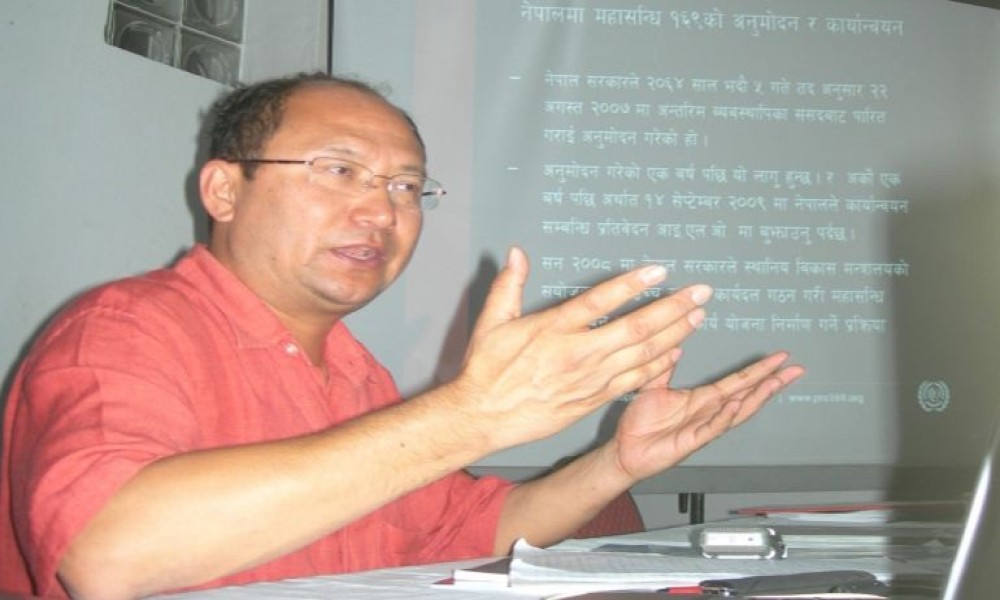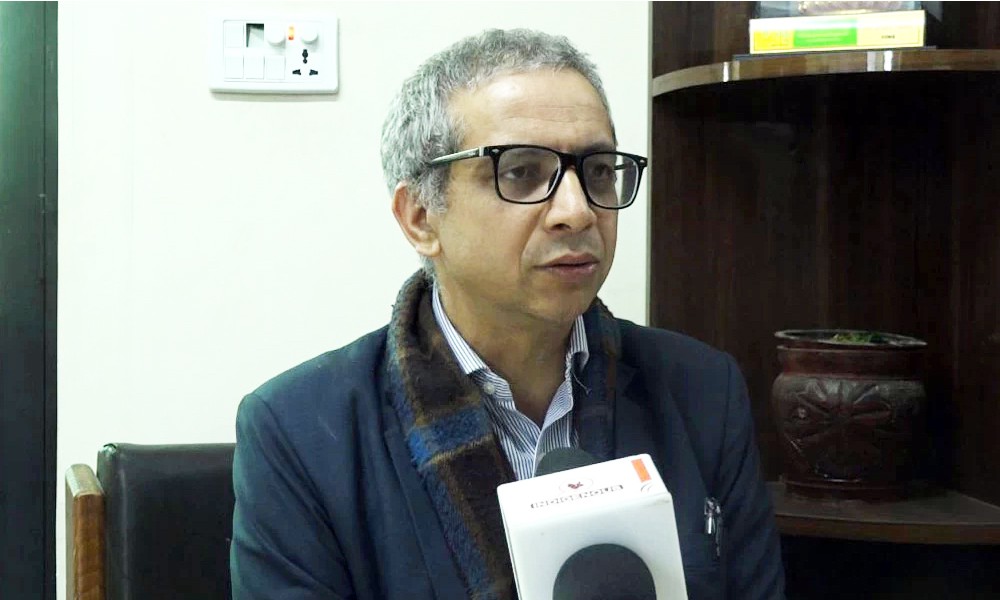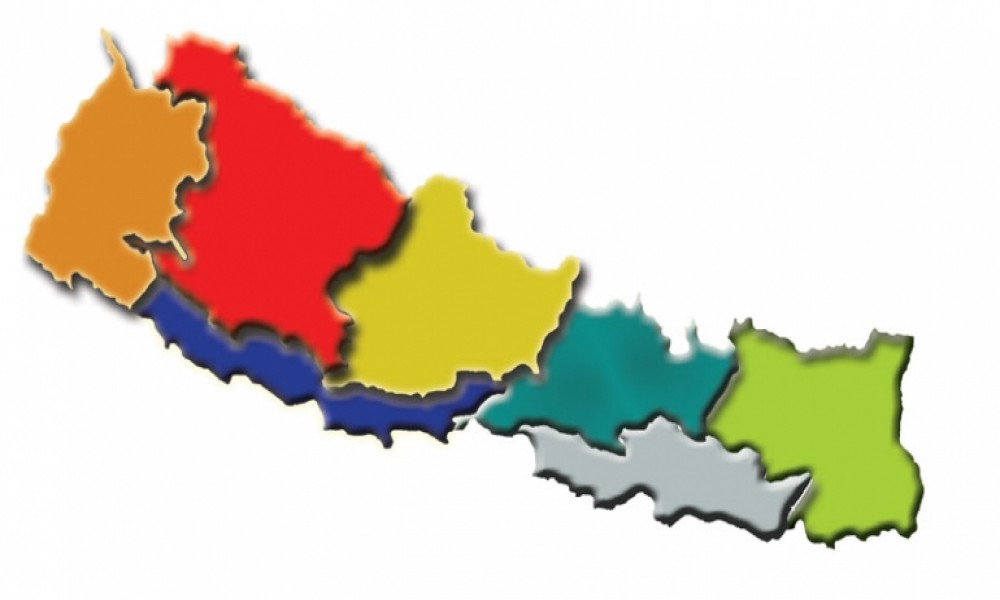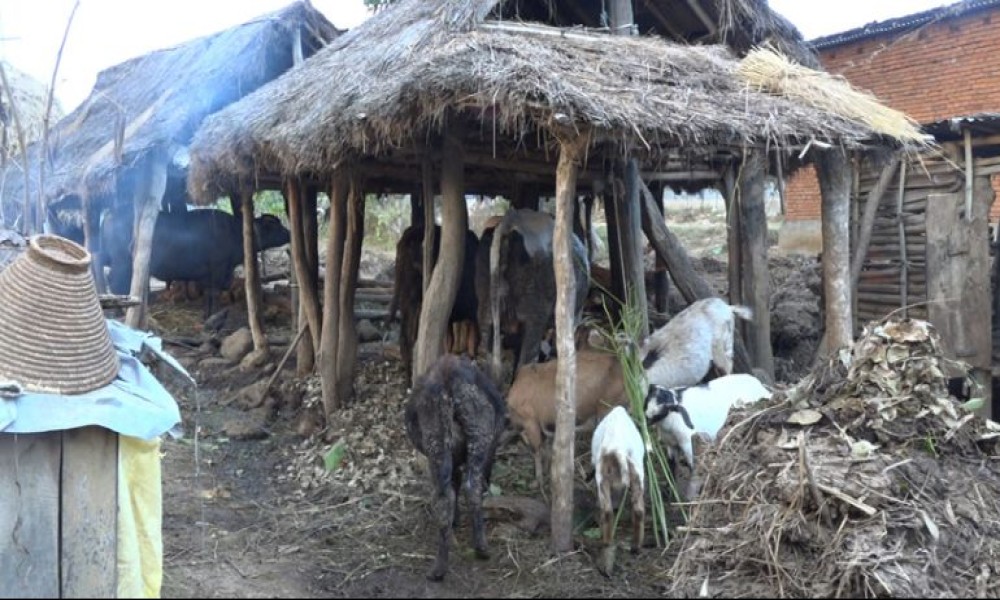What is racial discrimination?
Racial discrimination is conventionally associated with an individual's birth, race and color. Of late, it is also associated with his/her culture, identity, language and religion. Any type of discrimination on the basis of one's birth, race, color, identity, culture, language and religious can be defined as racial discrimination.
Does racial discrimination exist in Nepal?
Of course, it does. But, racial discrimination in Nepal was made to look like natural. The Muluki Ain introduced by the Rana oligarch Junga Bahadur Rana legalized Hindu-caste-based hierarchy, which was in itself a form of racial discrimination. Only after 1950 or more so after 1990, people started raising their voice against racial discrimination. But, some so-called upper caste people still think that they are superior and have rights to discriminate against so-called low-caste people.
Only after 1950 or more so after 1990, people started raising their voice against racial discrimination. But, some so-called upper caste people still think that they are superior and have rights to discriminate against so-called low-caste people.
Which communities are the most discriminated against on the basis of their race?
The Dalits are the most discriminated community. Untouchability flourished within the Hindu caste hierarchy adds to discrimination against the Dalits. Indigenous Peopless do not face untouchability but are no less discriminated by so-called upper class people. Similarly, the Muslims on the basis of religion and the Madhesi on the basis of geography have always been discriminated by the high-caste Hindus.
Nepal has already ratified the International Convention on the Elimination of All Forms of Racail Discrimination (ICERD) and drafted six constitutions. Even so, why is racial discrimination still prevalent? What should we do to eliminate racial discrimination?
Change in people's mindset is important. The Dalits, Indigenous Peoples, Muslims and Madhesi do not want to be discriminated. But, so-called upper-caste Hindus still want to feel superior to so-called low-caste people. So, those who want to discriminate others should change their mindset. The state should make people aware of the ICERD that it has ratified.
The Dalits, Indigenous Peoples, Muslims and Madhesi do not want to be discriminated. But, so-called upper-caste Hindus still want to feel superior to so-called low-caste people. So, those who want to discriminate others should change their mindset. The state should make people aware of the ICERD that it has ratified.
Is the state not doing that now?
Although the Nepal state has signed the convention against racial discrimination, the ruling class has always been trying to assert that racial discrimination does not exist in Nepal. In a way, they are right as ours is more of a caste-based discrimination. But, caste-based discrimination is not much different from racial discrimination. The state needs to assert that racial discrimination and caste-based discrimination are the same.
How do you see the visit by the Chair of the UN Committee on the Elimination of Racial Discrimination (CERD) to Nepal?
It is good that the CERD Chair has visited Nepal. The objective of his visit is to see the state of implementation of the ICERD. If he sees Nepal making progress in the ICERD implementation, it will be a matter of pride for us. If he sees the ICERD implementation is poor and racial discrimination continues, it will tarnish Nepal's image in the international community and Nepal will have to do a lot more.









